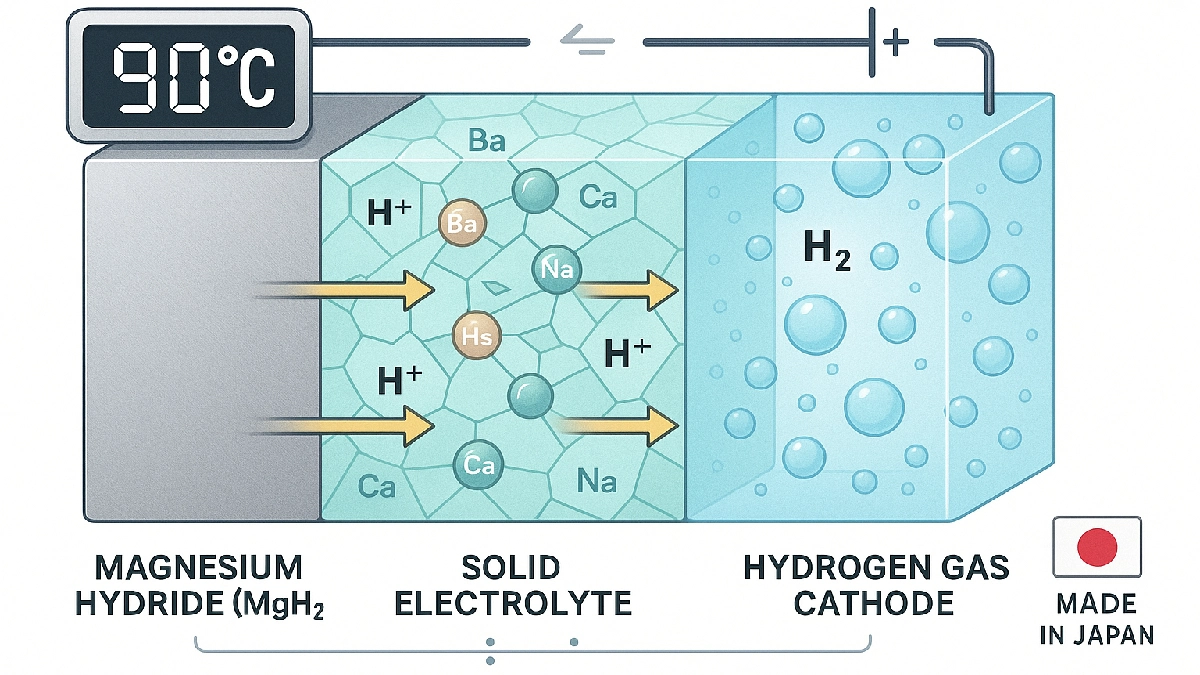Post-quantum migration is not a single algorithm swap; it is an ecosystem effort spanning wallets, nodes, consensus, bridges, and governance, where standards, performance, and crypto-agility must align to avoid breaking live economies.

What “quantum-proof” means in practice
- Scope and objective
- Replace quantum-vulnerable public-key primitives (ECDSA/ECDH) with standardized post-quantum counterparts across signatures, key exchange, certificates, handshakes, and recovery flows, while retaining crypto-agility for future rotations.
- Current standards baseline
- ML-KEM (CRYSTALS‑Kyber) for key establishment, ML-DSA (CRYSTALS‑Dilithium) for digital signatures, and SLH‑DSA (SPHINCS+) as a conservative hash‑based signature alternative form today’s practical backbone.
Standards that underpin deployments
Primary NIST-standardized algorithms
- ML-KEM (Kyber)
- Use case: key encapsulation in transport and application handshakes to replace Diffie-Hellman/ECDH with quantum-resistant establishment.
- ML-DSA (Dilithium)
- Use case: high-throughput transaction signatures, validator identities, and smart contract verification where speed and size must be balanced.
- SLH-DSA (SPHINCS+)
- Use case: conservative security assumptions for critical paths (bridges, custody), accepting larger signatures and slower performance.
Additional candidates and pending options
- FALCON/FN-DSA and Classic McEliece
- Status: advancing and broadening choices where bandwidth, latency, or specialized constraints make them attractive.
Where blockchain systems must adapt
Wallets and custody
- Key migration and hybrids
- Transition from ECDSA/EdDSA to ML‑DSA or SLH‑DSA with hybrid signatures for backward compatibility and staged rollout.
- Recovery and continuity
- Ensure key recovery, derivation paths, and HSM/hardware wallet support for PQC, minimizing lock-in to deprecated schemes.
P2P networking and RPC
- Transport security
- Upgrade node handshakes and session keys to ML‑KEM to mitigate “harvest-now, decrypt-later” risks against captured traffic and mempool metadata.
- Client interoperability
- Coordinate cross-client updates (e.g., libp2p equivalents) and verify performance on consumer hardware.
Consensus and block validation
- Validator identity and threshold schemes
- Redesign validator keys, threshold signatures, and slashing proofs to PQC without inflating block sizes or verification latency beyond throughput targets.
- Performance engineering
- Employ batching, aggregation where possible, and protocol-level compression to sustain TPS.
What is deployable today
Handshakes and sessions
- Transport/application layers
- Adopt ML‑KEM for key establishment; vendors and open-source stacks increasingly provide compliant, production-ready components.
Transaction signatures
- Signature algorithm choices
- ML‑DSA fits high-throughput ledgers; SLH‑DSA fits high-assurance components like cross-chain bridges and archival custody when size overhead is acceptable.
Hybrid and staged modes
- Dual-algorithm transitions
- Run classical+PQC hybrids for a defined period, enabling opt-in PQC while preserving compatibility and rollback paths.
Practical trade-offs to manage
Size versus speed
- Signature and key sizes
- Larger artifacts affect block size, gas costs, bandwidth, and mobile UX; choose Dilithium for balanced performance, SPHINCS+ for conservative security.
Consensus throughput and verification
- Validator scaling
- Nodes verifying thousands of PQC signatures per block must budget CPU and bandwidth and adopt batching/aggregation strategies.
Long-tail compatibility
- Hardware and ecosystem alignment
- Hardware wallets, HSMs, MEV relays, bridges, explorers, and exchange pipelines must be upgraded in lockstep to avoid weakest-link exposure.
Migration patterns emerging in research
Staged transition design
- Progressive rollout
- Phase-in hybrid signatures, require PQC for new addresses, then mandate PQC for validator sets, bridges, and oracles to minimize hard forks and preserve user continuity.
Standards trajectory
- Adoption readiness
- With core standards finalized and more on the way, 2025 is viable for production adoption; expect continuing updates to add options for constrained environments.
Beyond signatures: end-to-end quantum posture
Certificates and TLS
- Web and API exposure
- Move exchanges, validators, and RPC gateways to PQC-hybrid TLS with ML‑KEM to prevent future decryption of recorded traffic.
Key lifecycle and governance
- Crypto-agility and rotation
- Rotate to PQC roots of trust, remove lingering ECDSA dependencies in cold storage and automation, and codify timelines via on-chain governance.
Testing and audits
- Performance and security drills
- Red-team block size and verification bottlenecks, simulate rollbacks, and maintain contingency plans if an algorithm’s assumptions weaken.
What is not “quantum-proof” yet
Proof-of-work considerations
- Hashing vs public-key risk
- Quantum speedups like Grover’s are quadratic for hashing; near-term priority is signatures and key exchange rather than immediate PoW collapse.
No single-shot migration
- Rolling upgrades
- Expect multi-year hybrid periods and evolving standards; sustained crypto-agility is essential rather than a one-time “quantum-safe” endpoint.
A pragmatic roadmap for crypto networks
Phase 1: Inventory and hybridization
- Actions
- Map ECDSA/ECDH use, add ML‑KEM to handshakes, and enable ML‑DSA/SLH‑DSA alongside classical signatures in clients and contracts.
Phase 2: Validator and bridge hardening
- Actions
- Migrate validator identities and threshold schemes, and mandate PQC for bridges/oracles to limit systemic risk.
Phase 3: Decommission classical-only paths
- Actions
- Establish governance-backed deadlines to disable classical-only signing/key exchange and rotate long-term keys under PQC roots of trust.
Comparison table: PQC signature options at a glance
| Criterion | ML-DSA (Dilithium) | SLH-DSA (SPHINCS+) |
|---|---|---|
| Security assumptions | Lattice-based | Hash-based |
| Signature size | Moderate | Larger |
| Verification speed | Fast | Slower |
| Best fit | High-throughput transactions, validator IDs | Bridges, archival custody, high-assurance components |
| Migration style | Good default for most chains | Selective use where conservatism outweighs size |




